When I stumbled upon Totally Science GitLab, it felt like discovering a goldmine of resources designed to bridge the gap between code and scientific innovation. Imagine a platform that isn’t just about hosting code but a community where each line of code contributes to scientific breakthroughs. That’s what Totally Science GitLab is all about.
It is more than just a platform; it’s a beacon illuminating the path to a future where collaboration and innovation converge. It’s a sanctuary for code, a haven for ideas, and a crucible for breakthroughs. The beauty of this platform is in its community-driven approach where every experiment shared, propels humanity closer to a brighter future.
Also read: What is IPTV Github? How to use it?
- Why is Totally Science GitLab a Game Changer?
- Key Features of Totally Science GitLab
- Setting Up Your Totally Science GitLab Account
- 10 Benefits of Totally Science Gitlab
- 1. Collaborative Research with Totally Science GitLab
- 2. Version Control for Scientific Data
- 3. Customizable Workflow in Totally Science GitLab
- 4. Integrating External Tools and Platforms
- 5. Security Measures in Totally Science GitLab
- 6. User Permissions and Access Control
- 7. Automating Repetitive Tasks with CI/CD
- 8. Supporting Open Science Initiatives
- 9. Community Contributions and Extensions
- 10. Project Management
- Training and Educational Resources
- How to Migrate to Totally Science GitLab?
- Future Developments and Roadmap
- Comparing Totally Science GitLab to Traditional GitLab
- Conclusion: The Impact of Totally Science GitLab on Modern Science
Why is Totally Science GitLab a Game Changer?

Diving into the realm of scientific collaboration and data management, I found Totally Science GitLab to be a game-changer. With its powerful features like streamlined workflows, enhanced version control, efficient data management, and a focus on reproducibility and open science, the platform empowers researchers to work together seamlessly.
It accelerates the pace at which scientific discoveries are made. This isn’t just a platform; it’s a revolution in how scientific data is managed and shared. The emphasis on open science and reproducibility is what sets it apart from other platforms. It’s about making science accessible, collaborative, and innovative.
You might like reading our trending blog on Best Unblocked IO Games.
Key Features of Totally Science GitLab
Delving deeper into Totally Science GitLab, I unearthed a treasure trove of features tailored for the scientific community. Here’s a glimpse into some of them:
- Version Control: A robust version control system lies at the heart of Totally Science GitLab, ensuring every change is tracked meticulously.
- Efficient Data Management: Handling vast arrays of scientific data is no longer a chore, thanks to its effective data management features.
- Streamlined Workflows: Bottlenecks in the research process are a thing of the past with streamlined workflows.
- Collaborative Environment: A conducive environment for teamwork and collective problem-solving is what makes Totally Science GitLab a haven for researchers.
The way these features intertwine to facilitate a smooth research process is nothing short of remarkable. It’s like having a powerful ally in the demanding journey of scientific exploration.
You may also like Best App Builders
Setting Up Your Totally Science GitLab Account

Here’s a step-by-step guide to walk you through setting up your Totally Science GitLab account:
Step 1: Navigate to the Sign-Up Page
- Launch your web browser and navigate to the Totally Science GitLab sign-up page (usually found on the official website).
- Look for the “Sign Up” button, typically located at the top right corner of the page, and click on it.
Step 2: Provide Your Details
- You will be prompted to enter your details including your full name, email address, and desired password.
- Make sure to use a strong, unique password to ensure the security of your account.
Step 3: Verify Your Email
- After entering your details, check your email inbox for a verification email from Totally Science GitLab.
- Click on the verification link provided in the email to confirm your email address.
Step 4: Personalize Your Profile
- Once your email is verified, log in to your new Totally Science GitLab account.
- Navigate to your profile settings to add a profile picture, set your timezone, and provide other personal information that will help others recognize you on the platform.
Step 5: Explore the Dashboard
- Now that your profile is set up, take some time to explore the dashboard and familiarize yourself with the layout.
- The dashboard is your central hub for accessing projects, groups, and various other features available on Totally Science GitLab.
Step 6: Join or Create a Project
- Totally Science GitLab is all about collaboration. Join an existing project or create a new one to start your collaborative scientific journey.
- If you create a new project, give it a meaningful name and description to help others understand its purpose.
Step 7: Invite Collaborators
- Invite colleagues and collaborators to join your project.
- Simply enter their email addresses or Totally Science GitLab usernames to send them an invitation.
Step 8: Set Up Your Workflow
- Customize your workflow settings to match the requirements of your project.
- Set up boards, milestones, and labels to organize your work and keep your project on track.
Step 9: Start Collaborating
- With your account set up, your project created, and your team assembled, you’re ready to start collaborating.
- Dive into the discussion forums, share documents, and start working together to make scientific discoveries.
Step 10: Seek Help if Needed
- If you encounter any challenges or have questions, don’t hesitate to seek help.
- Totally Science GitLab has a vibrant community and a wealth of resources to assist you on your journey.
Also read: How to Change Snapchat AI Gender: A Simple Step-by-step Guide
10 Benefits of Totally Science Gitlab
Totally Science GitLab serves as an invaluable tool in our collaborative and development efforts, ensuring our projects are managed efficiently, securely, and effectively. Let’s look at top benefits:
1. Collaborative Research with Totally Science GitLab
The essence of Totally Science GitLab lies in nurturing a collaborative environment. It’s a space where researchers and scientists can come together to work on projects and share scientific data and findings. Built on the robust foundation of open-source GitLab software, it comes packed with additional features tailored for the scientific community. The sharing of knowledge and collective growth is what this platform aims to foster, propelling the scientific community towards a future of shared discoveries and innovation.
If you and I are working on different parts of a project, we can use merge requests to combine our work without stepping on each other’s toes.
2. Version Control for Scientific Data
The heartbeat of any collaborative platform, especially one tailored for scientific endeavors, is its version control system. In Totally Science GitLab, version control is not just a feature; it’s a commitment to preserving the integrity and reproducibility of scientific data.
As you navigate through the myriad of projects and datasets, you’ll notice how every alteration, be it minuscule or substantial, is meticulously tracked and documented. This not only saves time but also ensures that the essence of open science is upheld, where every piece of data is traceable back to its roots.
Imagine we’re working on a scientific simulation software. Each time we make a change, GitLab keeps a record, so if something goes wrong, we can easily go back to a version that works.
Also read: Unblocked Cool Math Games for Endless Fun and Learning
3. Customizable Workflow in Totally Science GitLab
Every scientific project is unique, with its set of demands and challenges. Totally Science GitLab understands this diversity and offers the flexibility to customize workflows to mirror the specific requirements of your project.
As you set up workflows, you’ll find a realm of possibilities that make your research process not just efficient, but tailored to your investigative journey. This customization is a boon for innovation and thorough examination, allowing you to focus on what matters the most – the science.
We can use issue boards to manage our tasks, moving them from ‘To Do’ to ‘Doing’ to ‘Done’ as we progress.
4. Integrating External Tools and Platforms

In an era where scientific research is not confined to silos, integrating various tools and platforms is inevitable for a holistic research approach. Totally Science GitLab champions this integrative spirit by supporting seamless integration with a plethora of external tools. Whether it’s data analysis tools or publication platforms, the integration is seamless, ensuring your research workflow remains uninterrupted and cohesive.
| Integration Type | Benefits |
|---|---|
| Data Analysis Tools | Streamlined data interpretation, real-time insights |
| Publication Platforms | Easy dissemination of findings, increased visibility |
The table above encapsulates how different integrations can significantly bolster your research process, making Totally Science GitLab a central hub for your scientific endeavors.
5. Security Measures in Totally Science GitLab
Now data is the nucleus of all endeavors, and it ensures robust security measures are not a luxury, but a necessity. Totally Science GitLab takes the security of your data seriously with advanced measures to ensure that your research remains confidential and protected from unauthorized access. As you navigate through the platform, you’ll notice the meticulous attention to security, ensuring a safe haven for your data. This peace of mind allows you to focus solely on your research, knowing that your data is in safe hands.
We can automatically scan our code for vulnerabilities, especially important if we’re developing software that handles sensitive information.
Also read: Tyrone’s Unblocked Games
6. User Permissions and Access Control
In the collaborative world of scientific research, managing access to sensitive data is pivotal. Totally Science GitLab shines in providing detailed user permissions and access control, ensuring that the right individuals have the appropriate level of access. As you dive into the settings, you’ll find a user-friendly interface that allows you to easily manage who has access to what. This feature is crucial in maintaining the integrity and confidentiality of sensitive scientific data, making Totally Science GitLab a reliable platform for collaborative research.
If we’re working on something sensitive, we can restrict access to our repository, ensuring only team members can see it.
7. Automating Repetitive Tasks with CI/CD
In the fast-paced world of scientific research, every second count. Totally Science GitLab understands this urgency and offers Continuous Integration and Continuous Deployment (CI/CD) to automate repetitive tasks. As you delve into the automation features, you’ll discover how CI/CD frees up valuable time, allowing you to focus on the critical aspects of your projects. This automation ensures a smoother, more efficient workflow, propelling your research towards success faster. It’s like having an extra set of hands, ready to take on the mundane tasks while you dive into the heart of your research.
We can set up a pipeline that automatically tests our data analysis scripts with every push, saving us time and ensuring accuracy.
8. Supporting Open Science Initiatives
Open Science is about making scientific research accessible to all. Totally Science GitLab is a torchbearer of this initiative, promoting transparency, reproducibility, and collaboration. The platform facilitates easy sharing and access to scientific data and findings, encouraging a culture of collective knowledge and accelerating the pace of scientific discoveries. It’s a step towards a future where science is an open book, inviting curious minds to read, question, and contribute to the ever-evolving narrative of scientific discovery.
Also have a look at What is Amazons GPT55x and How Does it Work?
9. Community Contributions and Extensions
The heart of Totally Science GitLab beats with the rhythm of community contributions. It’s a place where researchers, developers, and scientists come together to enhance the platform continuously. As you explore the community section, you’ll find a vibrant ecosystem of extensions and add-ons, each contributing to enriching the functionality of Totally Science GitLab. This collective effort drives the platform forward, making it a living, evolving entity that grows with the collective wisdom and contributions of the community.
10. Project Management
Combines source code management with project management tools, helping teams to stay organized and on track with their project timelines. We can use milestones and labels to monitor our progress, ensuring we’re meeting our objectives for a machine learning project. You can use the Web IDE to tweak your code or work on assignments without needing a full development environment set up locally. Also, you can create a wiki within our project to document the methodologies we’re using, making it accessible to all team members.
Training and Educational Resources
Embarking on a new platform can feel like stepping into uncharted waters. However, Totally Science GitLab ensures you’re not left adrift. It provides a wealth of training and educational resources to ease your transition. Whether you are a novice or a seasoned professional, the comprehensive tutorials and guides available ensure you can navigate through Totally Science GitLab with ease, making the most out of the platform to advance your research projects efficiently.
How to Migrate to Totally Science GitLab?
Transitioning to a new platform can be a significant decision, laden with considerations and potential challenges. Totally Science GitLab simplifies this migration process by providing tools and resources to ensure a smooth transition. Let’s see step by step guide to help you through the migration:
1. Prepare Your Current Environment
- Review Your Current Setup: Understand the structure of your current repositories, including branches, tags, and commit history. If you’re using features like issue tracking, wikis, or CI/CD pipelines, prepare to migrate these as well.
- Clean Up: This might be a good opportunity to clean up your repositories. Remove unnecessary branches or files and archive inactive projects.
2. Export Your Data
- For Git Repositories: You can easily clone your repositories. Use
git cloneto create a local copy of your repositories with complete history. - For Issues, Wikis, and Other Data: If your current platform supports exporting issues, wikis, and other project data, export these to a format that can be imported into GitLab.
3. Set Up Your Totally Science GitLab Instance
- Install GitLab (if self-hosted): If you’re setting up a self-hosted instance, follow GitLab’s installation guide to set up your server.
- Configure GitLab: Set up users, groups, and permissions in your new GitLab instance. Configure any integrations (e.g., LDAP for authentication or external CI/CD tools) at this time.
4. Import Your Data into Totally Science GitLab
- Repositories: Use
git pushto upload your local repository copies to your new GitLab instance. You’ll need to create new projects in GitLab for each repository and then push the code using Git commands. - Issues, Wikis, and More: If GitLab supports direct import from your previous platform, use this feature. Otherwise, you may need to use GitLab’s API or third-party tools to import your issues, wikis, and other data.
5. Migrate CI/CD Pipelines and Configurations
- Analyze Your Current CI/CD Pipelines: Understand how your current pipelines work and prepare to recreate them in GitLab.
- Recreate Pipelines in GitLab: Use GitLab CI/CD’s
.gitlab-ci.ymlfile to recreate your pipelines. You might need to adjust scripts or configurations to match GitLab’s environment.
6. Test Everything
- Verify Repositories: Ensure that all branches and tags have been correctly pushed to GitLab.
- Test Issues and Wikis: Check that all imported data is correct and accessible.
- Test CI/CD Pipelines: Run your pipelines to ensure they execute correctly in the new environment. Make any necessary adjustments.
7. Train Your Team
- Familiarize Your Team with GitLab: Provide training or resources on GitLab’s features and workflows. This might include how to use the web interface, manage projects, and work with CI/CD pipelines.
8. Go Live
- Switch to Your New GitLab Instance: Once everything is tested and confirmed working, make the switch to your new GitLab instance official. Update any documentation or links to point to the new location.
Remember, the complexity of migrating to a new system like Totally Science GitLab”can vary greatly depending on the specifics of your current setup and the features you use. If you encounter specific challenges related to GitLab’s features or need more detailed instructions, consulting GitLab’s official documentation or seeking support from the GitLab community can be very helpful.
Future Developments and Roadmap
The journey with Totally Science GitLab doesn’t end at its current offerings. With a clear roadmap and an eye on future developments, it promises to evolve with the changing needs of the scientific community. The continuous enhancements and additions to the platform ensure that it remains a relevant and powerful tool for scientific collaboration and innovation.
Comparing Totally Science GitLab to Traditional GitLab
Built on the solid foundation of traditional GitLab, Totally Science GitLab extends its arms to embrace the unique needs of the scientific community. A comparative glance reveals how it bridges the gap between code management and scientific research, thus providing a holistic platform for scientists. Here’s a simple comparative table to elucidate the differences:
| Feature | Totally Science GitLab | Traditional GitLab |
|---|---|---|
| Focus | Scientific Collaboration | Code Management |
| Workflow Customization | Enhanced | Standard |
| Data Management | Tailored for Scientific Data | Generalized |
The blend of traditional GitLab’s robustness with science-centric features makes Totally Science GitLab a unique and indispensable tool for modern-day researchers, offering a realm where code and science dance in harmony.
Conclusion: The Impact of Totally Science GitLab on Modern Science
The advent of Totally Science GitLab marks a significant milestone in the realm of scientific collaboration and project management. By offering a platform where ideas can blossom and collaboration is the norm, it propels the scientific community into a new era of innovation and discovery. The profound impact of Totally Science GitLab on modern science is a testament to its potential in fostering a brighter future for humanity. It’s not just a platform; it’s a movement towards collaborative, transparent, and accelerated scientific discovery.

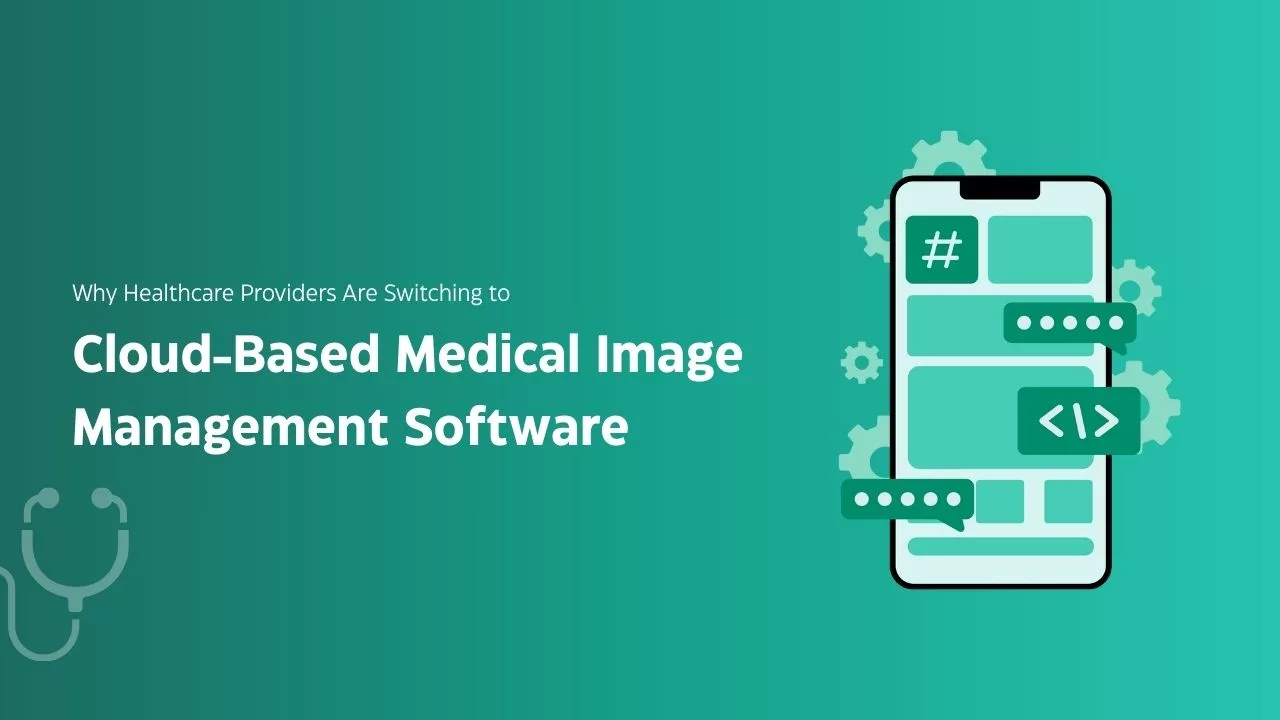
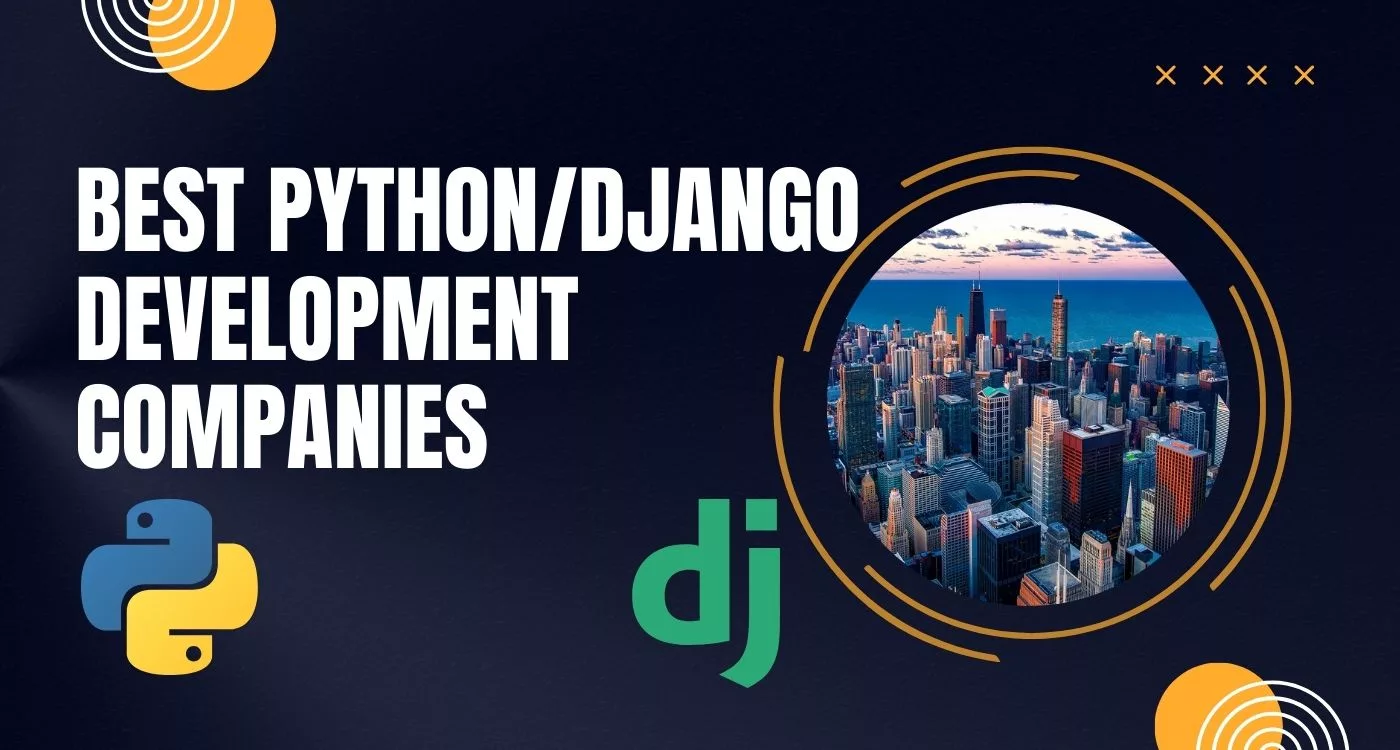

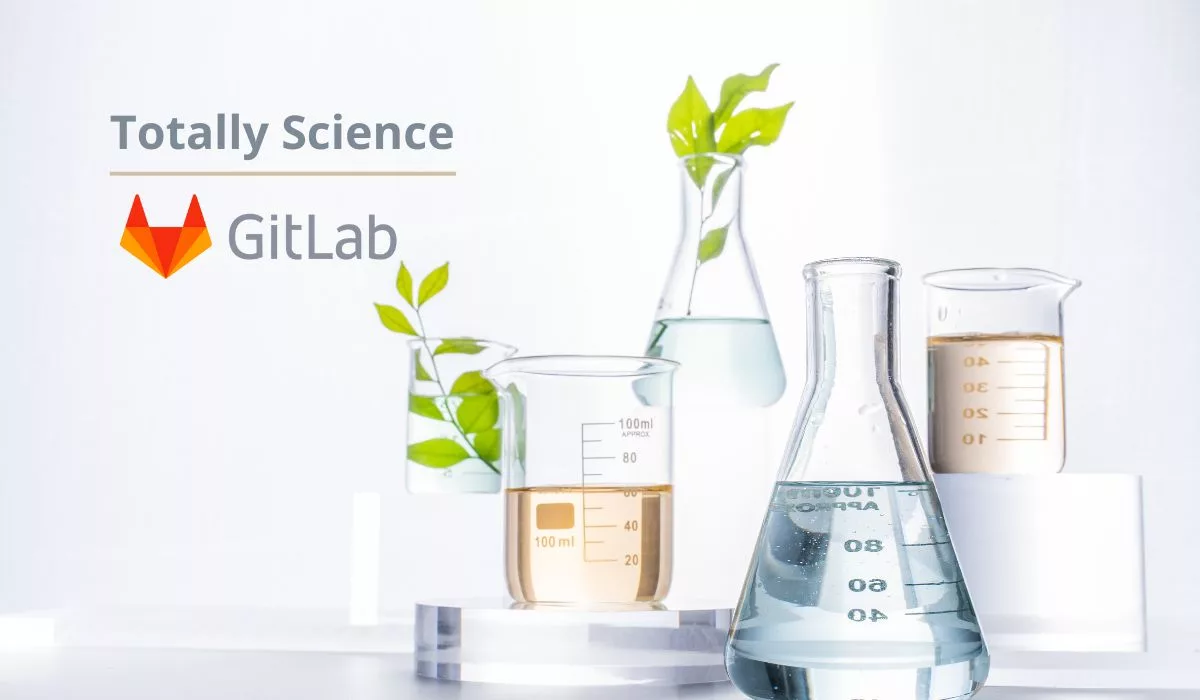


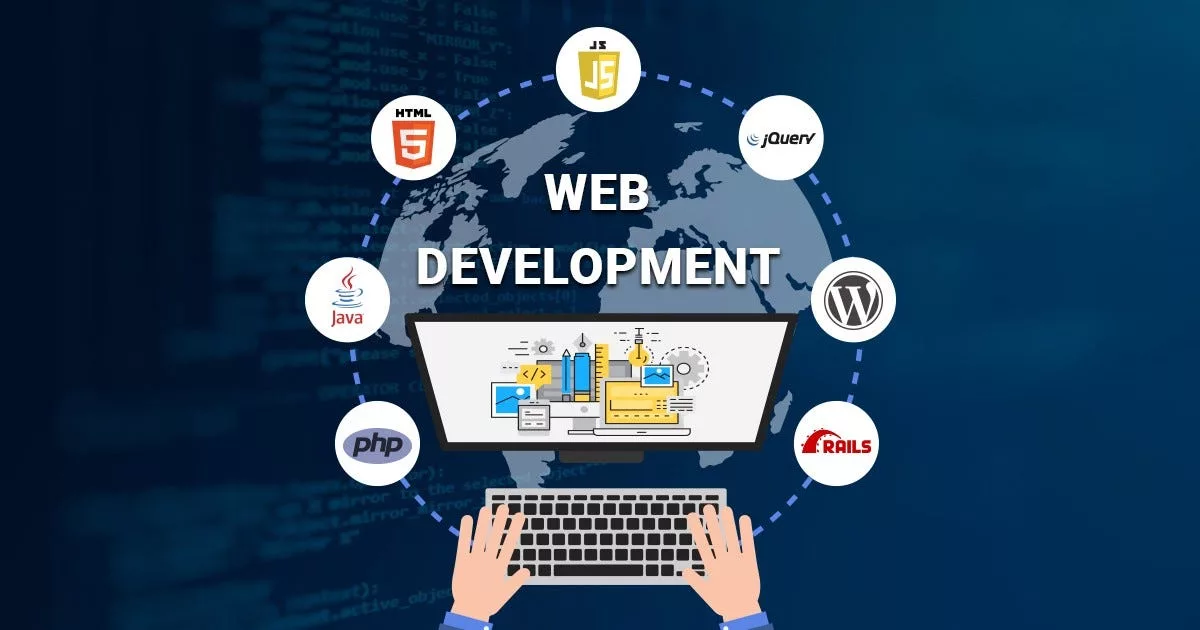
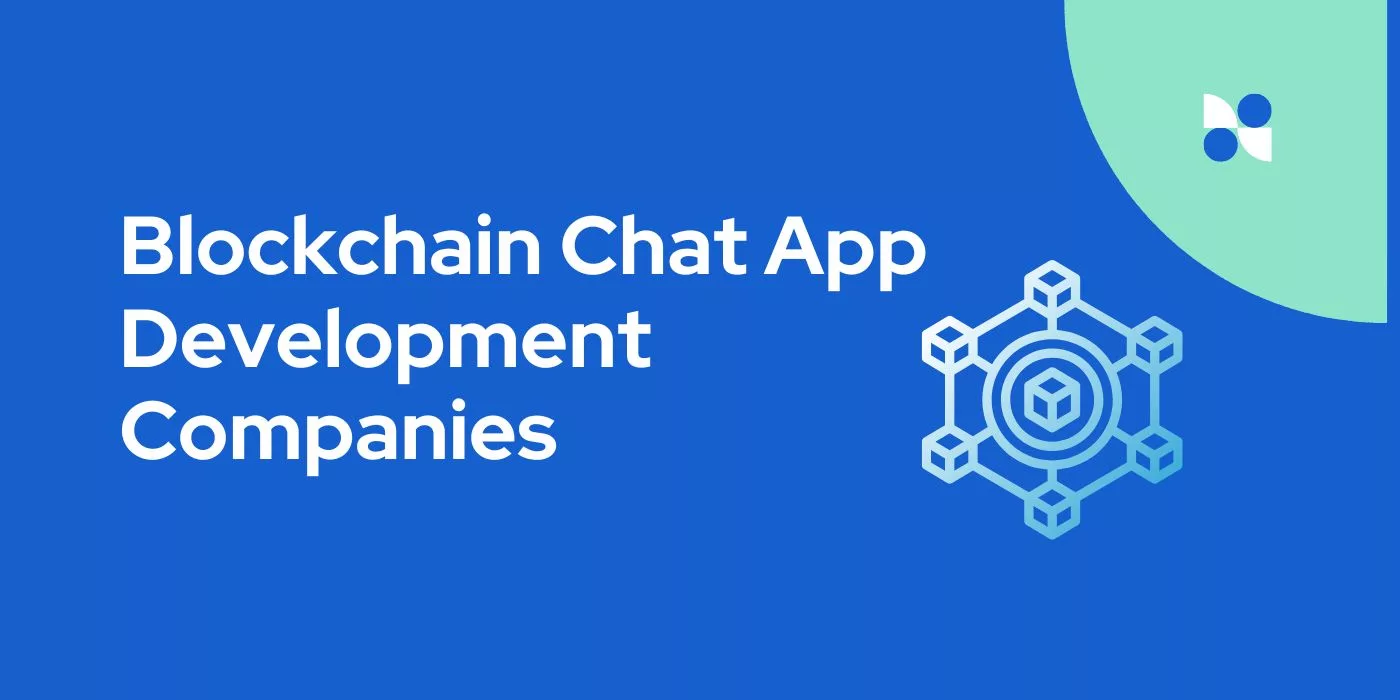

Leave a Reply